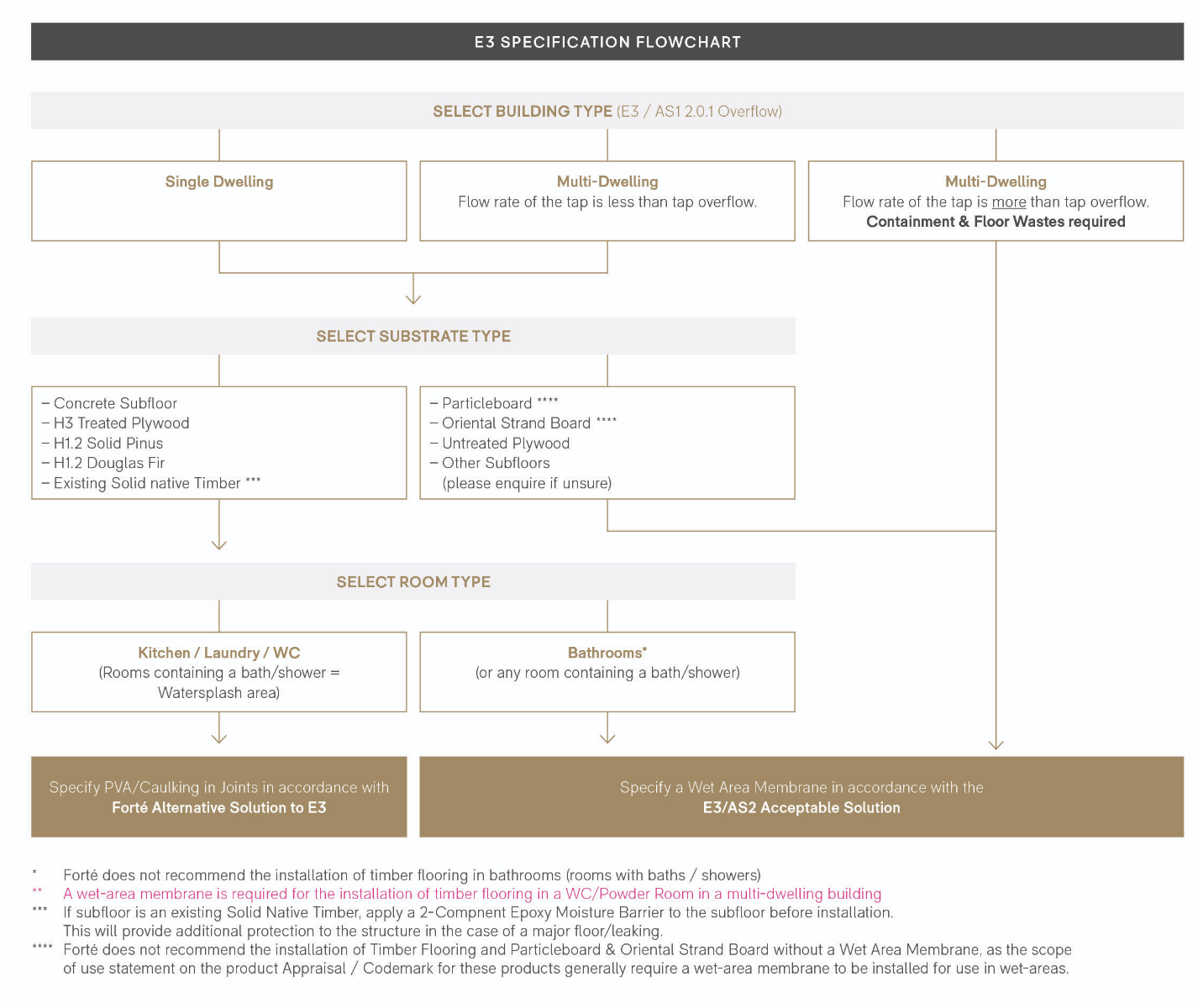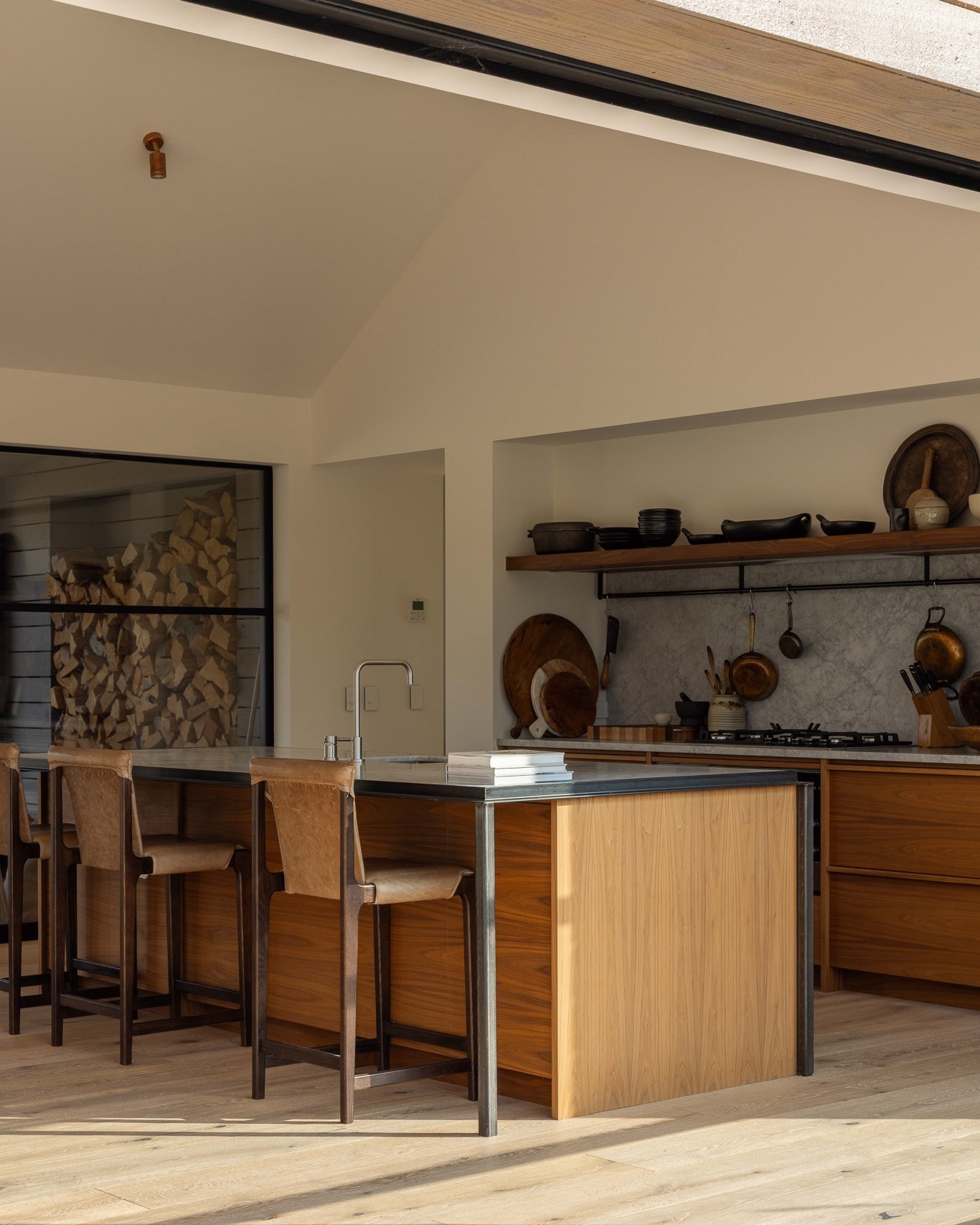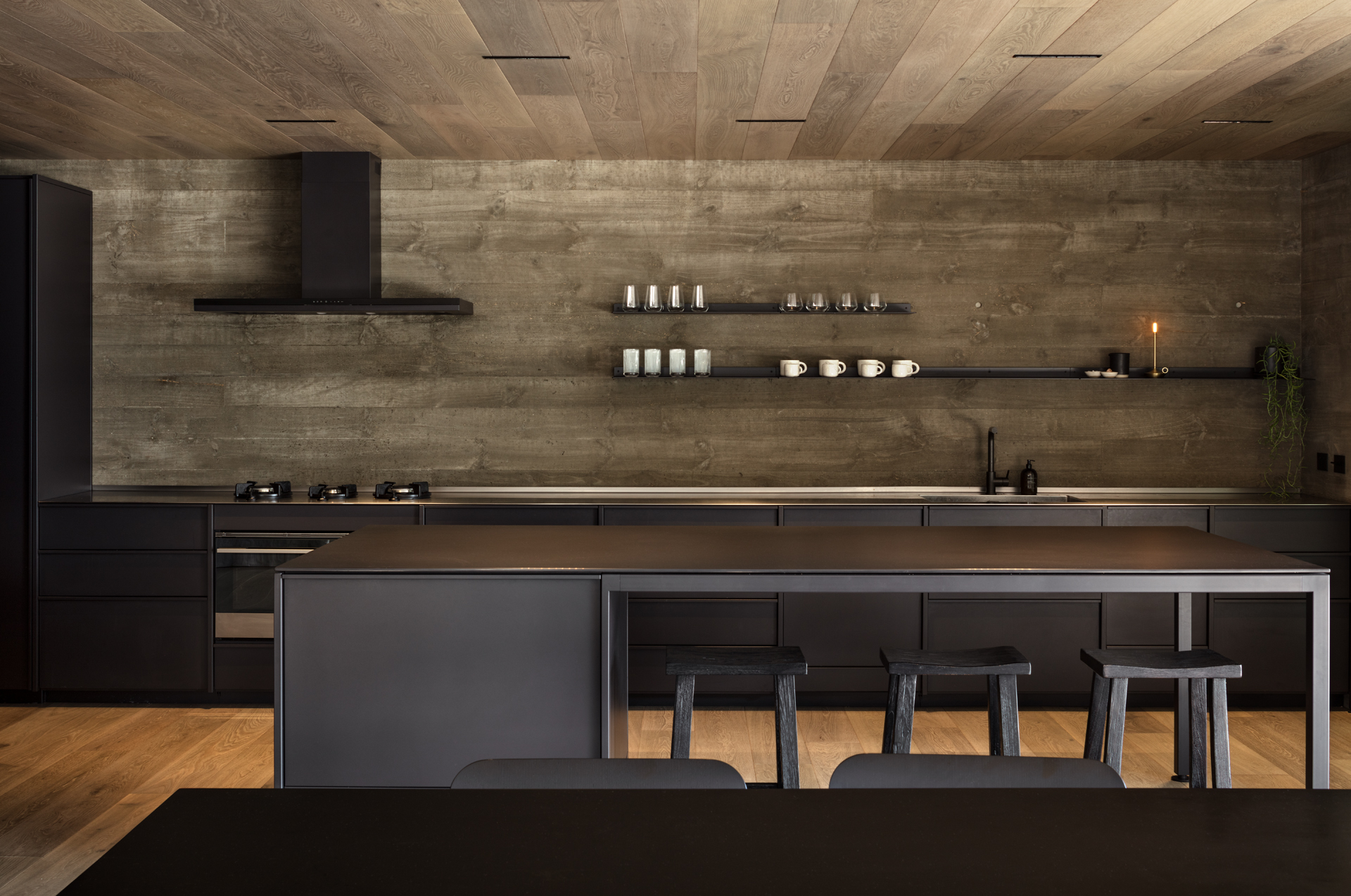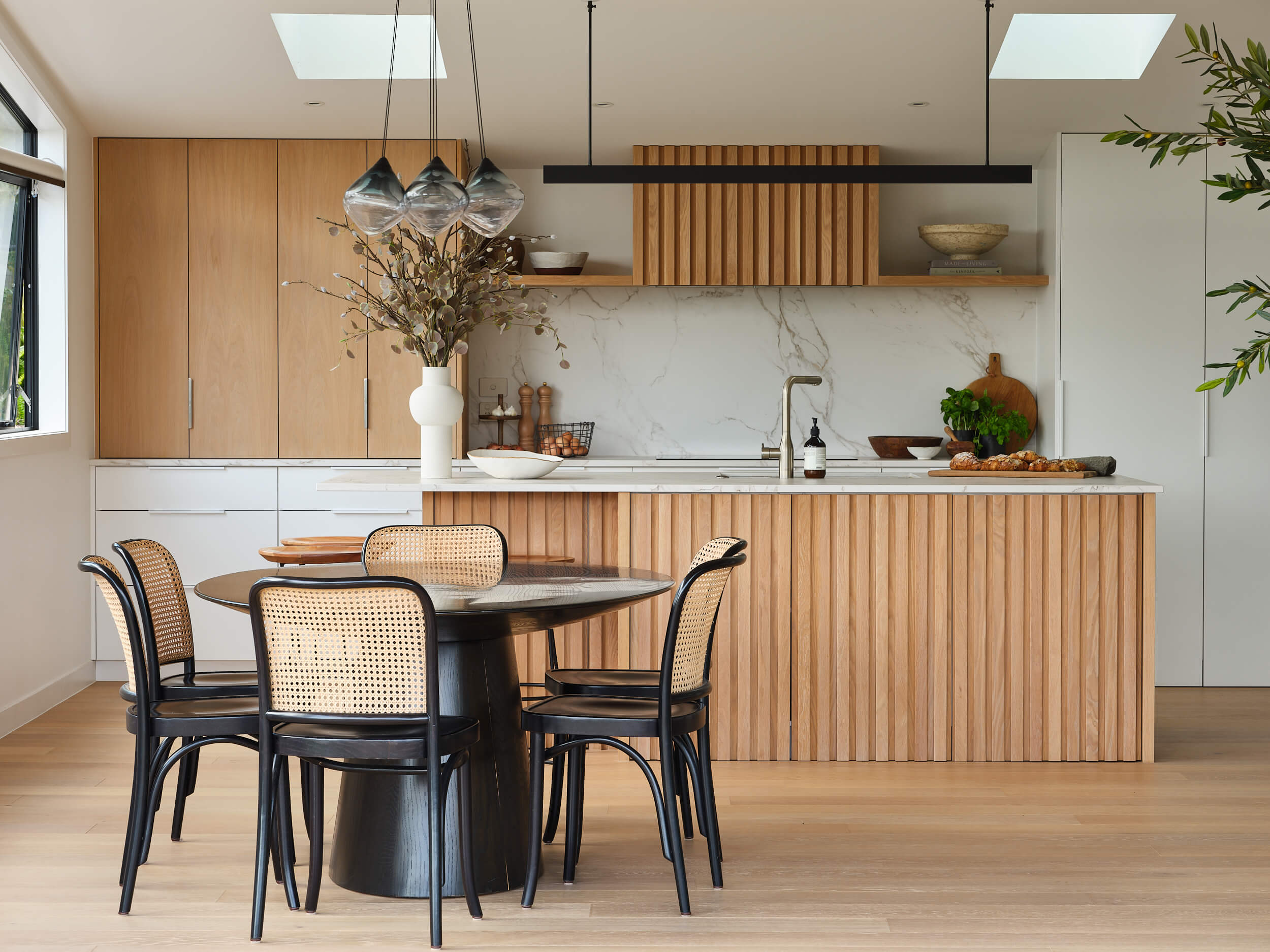Do I need to specify a moisture barrier for wood flooring on concrete?
Blog |
Are you confused about the requirements for flooring specifications? Are you trying to avoid compliance delays?
Here at Forté, we often get asked about the regulations for flooring, including whether you need to specify an epoxy moisture barrier when installing engineered wood flooring on top of concrete.
In this article, we discuss the latest requirements for flooring and moisture barriers, drawing on the E3 standards in the Building Code. We also share specification tips to ensure your project runs smoothly and gains compliance.
E3 Internal Moisture Requirements
The objective of E3 is to safeguard people against illness, injury, or loss of amenities that could result from the accumulation of internal moisture. This applies to all habitable spaces where moisture may be generated or accumulated, such as bathrooms and laundries. The latest requirements can be summed up as the following:-
Buildings must be constructed to avoid the likelihood of fungal growth, free water overflow, and damage caused by moisture.
-
Adequate thermal resistance, ventilation, and space temperature must be provided.
-
Overflowing water from sanitary fixtures or appliances must be disposed of correctly.
-
Floor surfaces must be impervious and easy to clean.
-
Wall surfaces adjacent to sanitary fixtures or appliances must be easy to clean.
-
Surfaces likely to be splashed or contaminated must be easy to clean.
-
Surfaces likely to be splashed must be constructed to prevent water splash from penetrating behind linings or into concealed spaces.
In plain terms, any surface in a wet area must be waterproof, easy to clean, and have sufficient ventilation.
Wood flooring in wet areas
In 2021, the E3 Building Code requirements changed, impacting how wood flooring can be used in wet areas. This impacts any space containing sanitary fixtures or appliances, such as kitchens, bathrooms, laundries, and toilets. There were three key updates relating to internal moisture:
1. All surfaces must be impervious
Any surface in a wet area cannot allow moisture to pass through. For example, our timber flooring systems meet this requirement because they arrive factory-finished with at least four durable polyurethane coatings.
2. Overflow disposal
In case of accidental overflow, you must incorporate adequate drainage, containment, and floor wastes. This can be complicated so we recommend asking our team about the exemption where certain fixtures that have “an integrated overflow with a minimum flow rate of 0.25 l/s do not require additional overflow provision” (E3/AS1 2.0.2).
3. Preventing watersplash
You must install your flooring in a way that prevents water splash from penetrating underneath linings. When installed according to the Forté Timber Flooring Overlay System Installation Guide, our recommended method eliminates cracks and gaps, ensuring there is also no risk of water splash. Click here to find out more.
Moisture barrier vs wet area membrane
A moisture barrier is a coating that prevents moisture from transferring through a concrete substrate and into the room. A common option for a moisture barrier is epoxy, protecting the concrete from long-term moisture damage.
Moisture barriers are often confused with wet area membranes, which also reduce moisture transfer. The main difference is that a moisture barrier prevents moisture from entering the room while a wet area membrane works in reverse, preventing moisture from getting out through various surfaces.
A wet area membrane is installed beneath the flooring and is designed to reduce moisture transfer out of the room. These are now required in all wet areas, including bathrooms, laundries, and kitchens. For more information, please refer to our Timber Flooring Overlay System Design Guide or the Code of Practice for Internal Wet-area Membrane Systems.
Do you need an epoxy moisture barrier for your engineered wood floor?
An epoxy moisture barrier will prevent your wood floors from expanding, contracting, warping, and rotting. If you are installing any type of wood flooring, including laminate, you will need a moisture barrier. You may also need a wet area membrane, depending on your compliance pathway.
For tailored advice, ask our flooring experts.
Alternative Solution vs Wet Area Membrane
We have created the below to help you determine whether to submit your wood flooring as an Alternative Solution. In general, we recommend using the alternative solution but, if you choose not to, you can use a wet area membrane instead.

E3 Specification Guide
Our Design Guide has been updated to reflect the major changes to the E3 Compliance section. The updates in the guide include the following how to submit specifications and whether to specify an alternative solution or wet area membrane. We also share our full E3 Specification Flowchart to provide clear next steps to specify your flooring correctly.
If you need more information or assistance, please reach out to one of our Territory Managers or download our new E3 Guide for more in-depth advice and specification information.
Visit one of our Showrooms
If you have any queries about our products or need help with your project, we can provide you with expert advice. Visit one of our showrooms or book a consultation with our flooring experts today.



